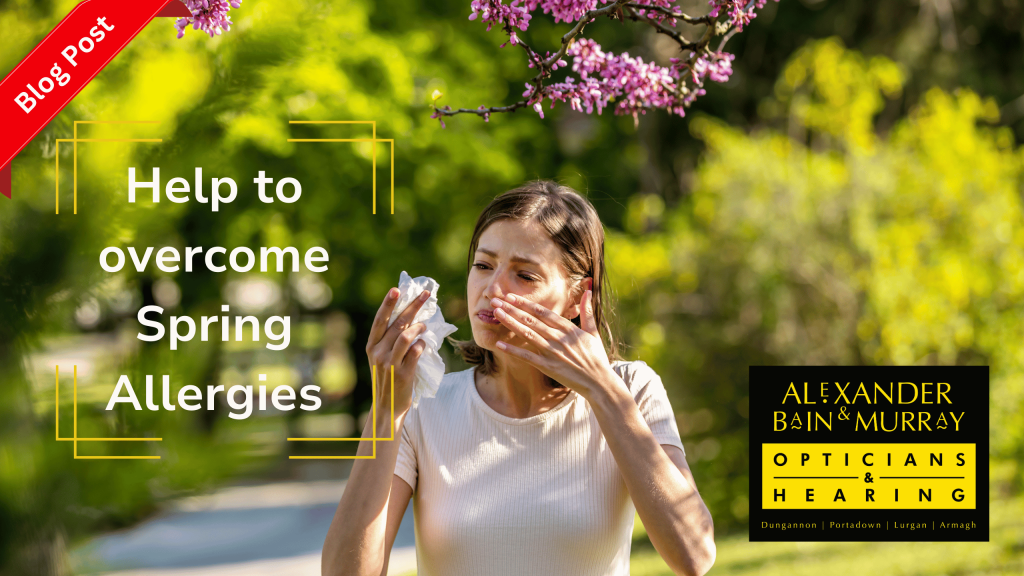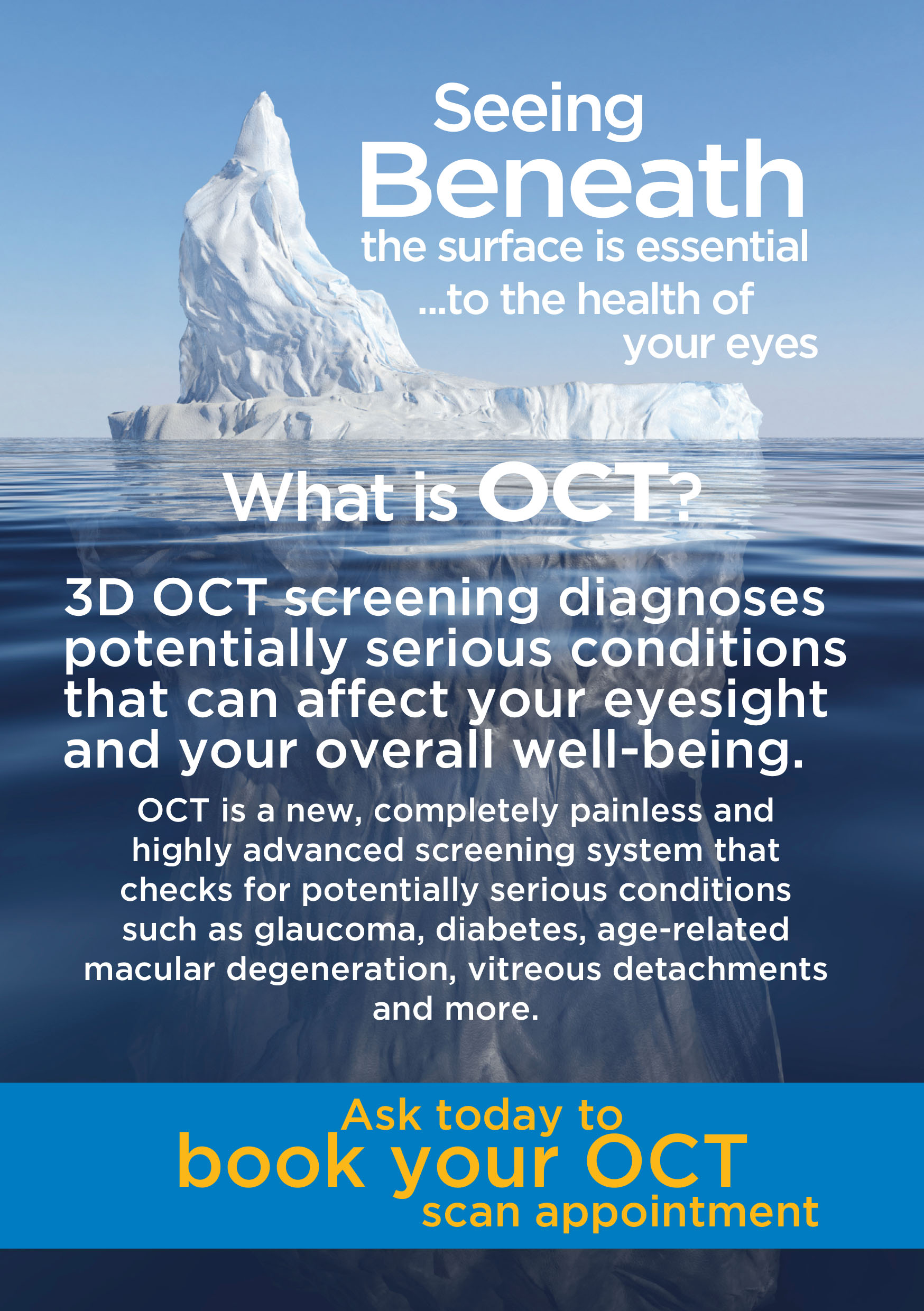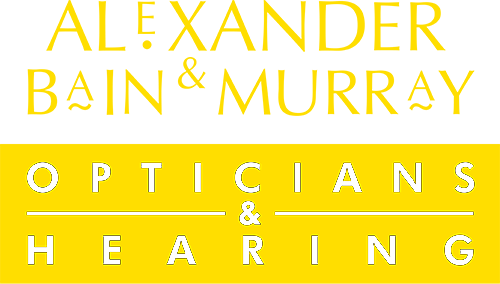Conquering Spring Allergies
Conquering Spring Allergies: Understanding the Impact on Your Eyes and Finding Relief

As the vibrant colours of spring emerge and nature awakens, so do the pesky symptoms of hay fever and allergies. For many, this seasonal shift brings about itchy eyes, redness, and discomfort. As an optician in the UK, I understand the toll these allergies can take on eye health. In this blog post, we’ll explore the effects of hay fever and allergies on your eyes during spring and discuss strategies to alleviate symptoms and regain ocular comfort.

Understanding the Impact on Your Eyes:
Hay fever and allergies trigger an immune system response to harmless substances like pollen, dust mites, or pet dander. When these allergens come into contact with your eyes, they can cause a range of symptoms, including:
1. Itching: One of the hallmark signs of allergic conjunctivitis is itching, which can be intense and persistent, leading to rubbing and further irritation.
2. Redness: Allergen exposure can cause the blood vessels in the eyes to dilate, resulting in red or bloodshot eyes.
3. Watery Eyes: Your eyes may produce excess tears in response to allergens, leading to watery eyes, which can exacerbate discomfort.
4. Swelling: Inflammation of the conjunctiva (the thin membrane covering the white part of the eye) can cause puffiness or swelling around the eyes.
5. Sensitivity to Light: Allergic reactions can heighten sensitivity to light, causing discomfort and worsening symptoms.
Finding Relief
While there’s no cure for hay fever and allergies, several strategies can help alleviate eye symptoms and improve comfort during the spring season:
1. Avoidance: Minimize exposure to allergens by keeping windows closed during high pollen counts, using air purifiers indoors, and wearing sunglasses when outdoors to shield your eyes from pollen and dust.
2. Eye Drops: Over-the-counter antihistamine or mast cell stabilizer eye drops, these can provide quick relief from itching and redness by blocking the release of histamine, a chemical involved in allergic reactions.
3. Cold Compresses: Applying a cool, damp cloth over closed eyes can help soothe
inflammation, reduce swelling, and alleviate discomfort.


4. Allergy Medications: Oral antihistamines, nasal sprays, and decongestants can help
control allergy symptoms systemically, including those affecting the eyes.
5. Eyewear Protection: Wear wraparound sunglasses or goggles during outdoor activities to prevent allergens from coming into contact with your eyes.
6. Eyelid Hygiene: Cleanse your eyelids regularly with a gentle, hypoallergenic eyelid
cleanser to remove allergens, pollen, and debris, reducing the risk of irritation.
7. Consultation: If your symptoms are severe or persist despite self-care measures, consult an optician or allergist for a comprehensive evaluation and personalized treatment plan.
Spring allergies can wreak havoc on your eyes, causing itching, redness, and discomfort that interferes with daily activities. However, by understanding the effects of hay fever and allergies on your eyes and implementing targeted strategies for relief, you can minimize
symptoms and enjoy the beauty of the season with greater comfort and clarity.
Don’t let allergies dampen your springtime joy—take proactive steps to protect and soothe your eyes, and remember that professional guidance is available if needed.
Here’s to a brighter, allergy-free spring for your eyes!



New Range From Lindberg
Call in or Book an Appointment Online to view the full collection

Menopause and Your Eyesight
It is important that women going through menopause attend their optometrist for regular eye examinations…
